Best Companion Plants For Hollyhocks
Title:The Best Companion Plants for Hollyhocks
Introduction:
Hollyhocks are tall, stately flowers that are a staple of cottage gardens. They come in a wide range of colors, from white to pink to red to purple. Hollyhocks are relatively easy to grow, but they do best in full sun and well-drained soil.
One of the best things about hollyhocks is that they can be used to create a variety of different garden designs. They can be planted as standalone specimens, or they can be used to create a backdrop for shorter flowers. Hollyhocks can also be used to create a hedge or border.
No matter how you choose to use them, hollyhocks will add a touch of elegance and charm to your garden. And by planting them with the right companion plants, you can create a truly stunning display.
Main Content:
Here are some of the best companion plants for hollyhocks:
- Allium: These tall, elegant flowers add a touch of drama to any garden. They come in a variety of colors, including white, purple, and pink. Alliums are deer-resistant and attract beneficial insects, making them a great choice for companion planting.
- Calendula: These cheerful flowers are known for their daisy-like blooms and medicinal properties. Calendulas are easy to grow and attract pollinators. They also help to repel pests, making them a good choice for companion planting with hollyhocks.
- Cosmos: These airy, colorful flowers add a touch of whimsy to any garden. Cosmos are easy to grow and attract butterflies and other pollinators. They also help to suppress weeds, making them a good choice for companion planting with hollyhocks.
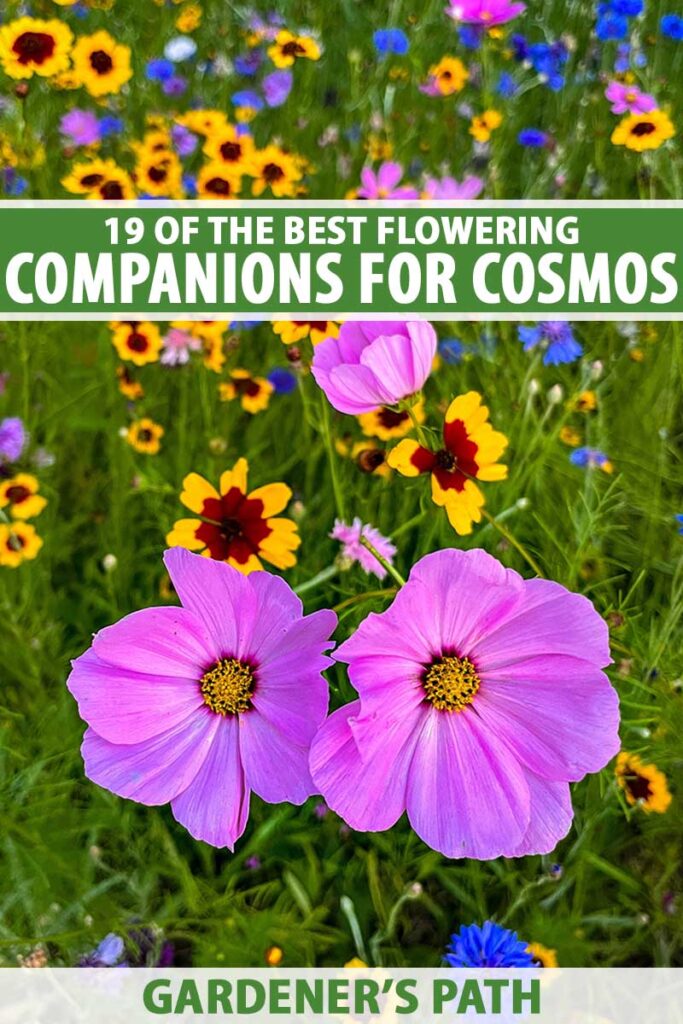
- Cucumber: These vining plants can be trained to grow up hollyhock stalks, providing them with support and shade. Cucumbers also help to improve the soil quality around hollyhocks.
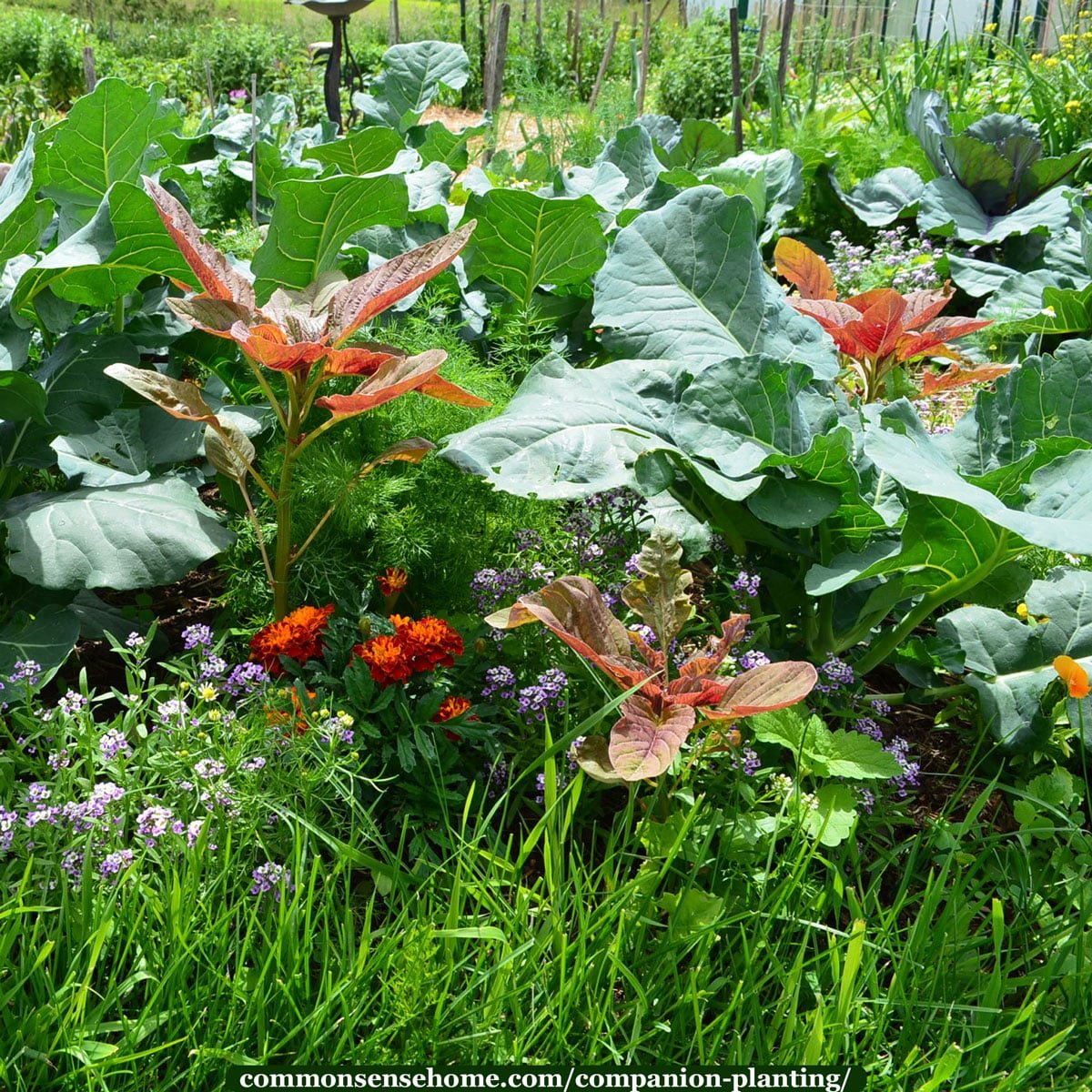
- Echinacea: These spiky flowers are known for their medicinal properties. Echinacea is easy to grow and attracts pollinators. It also helps to repel pests, making it a good choice for companion planting with hollyhocks.
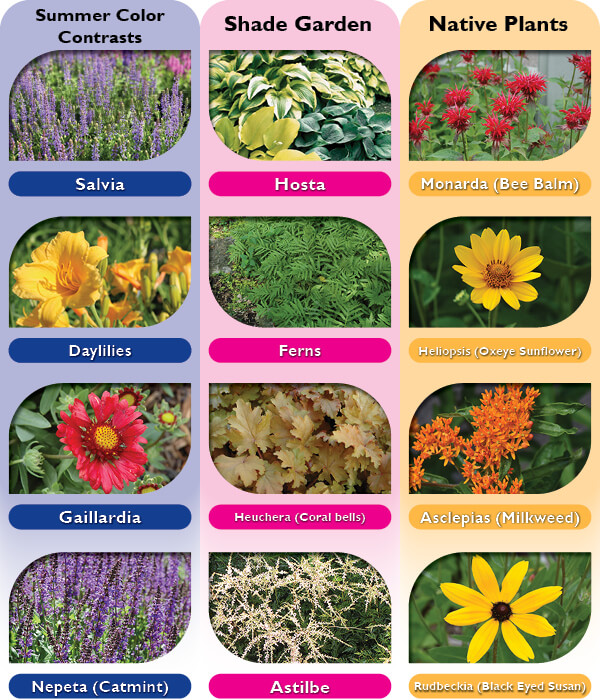
- Geranium: These hardy flowers come in a variety of colors and shapes. Geraniums are easy to grow and attract pollinators. They also help to improve the soil quality around hollyhocks.
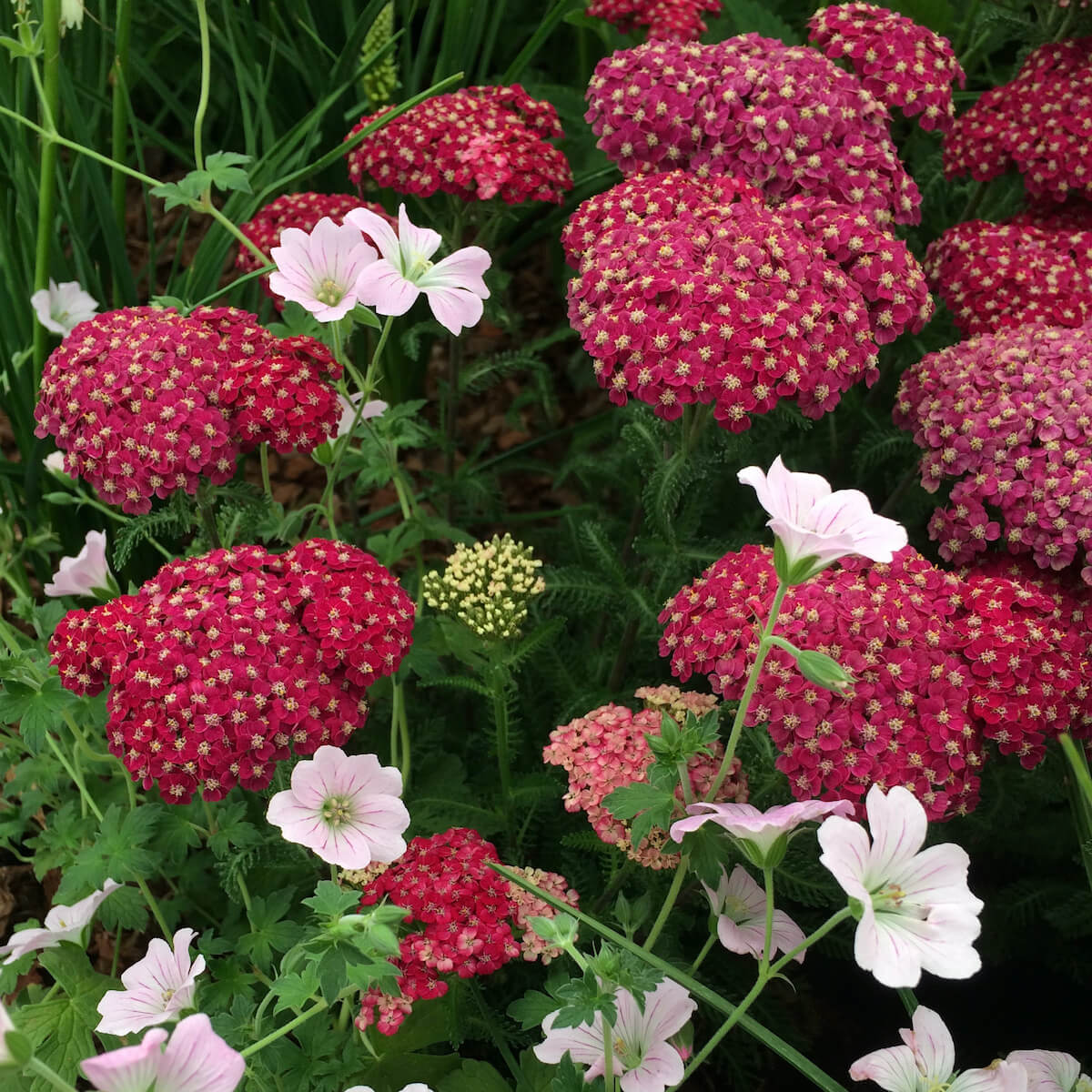
- Lavender: These fragrant flowers add a touch of elegance to any garden. Lavender is easy to grow and attracts pollinators. It also helps to repel pests, making it a good choice for companion planting with hollyhocks.

- Marigold: These cheerful flowers are known for their bright colors and daisy-like blooms. Marigolds are easy to grow and attract pollinators. They also help to repel pests, making them a good choice for companion planting with hollyhocks.

- Nasturtium: These colorful flowers are known for their edible leaves and flowers. Nasturtiums are easy to grow and attract pollinators. They also help to deter pests, making them a good choice for companion planting with hollyhocks.
- Petunia: These colorful flowers are known for their trailing vines and showy blooms. Petunias are easy to grow and attract pollinators. They also help to suppress weeds, making them a good choice for companion planting with hollyhocks.

Conclusion:
These are just a few of the many companion plants that can be grown with hollyhocks. By choosing the right companion plants, you can create a beautiful and harmonious garden that will attract pollinators and deter pests.
Hollyhocks are beautiful flowers that can add a touch of elegance to any garden. But did you know that they can also benefit from being planted near certain other plants? Companion planting is the practice of planting different types of plants together for their mutual benefit. When choosing companion plants for hollyhocks, it's important to consider their growing conditions and needs. Some good companion plants for hollyhocks include:
- Delphiniums: These tall, stately flowers share similar growing conditions with hollyhocks and can add a splash of color to your garden.
- Peonies: These fragrant flowers are another good choice for companion planting with hollyhocks. They both prefer full sun and well-drained soil.

- Phlox: These colorful flowers come in a variety of heights and bloom times, so you can find the perfect ones to complement your hollyhocks.
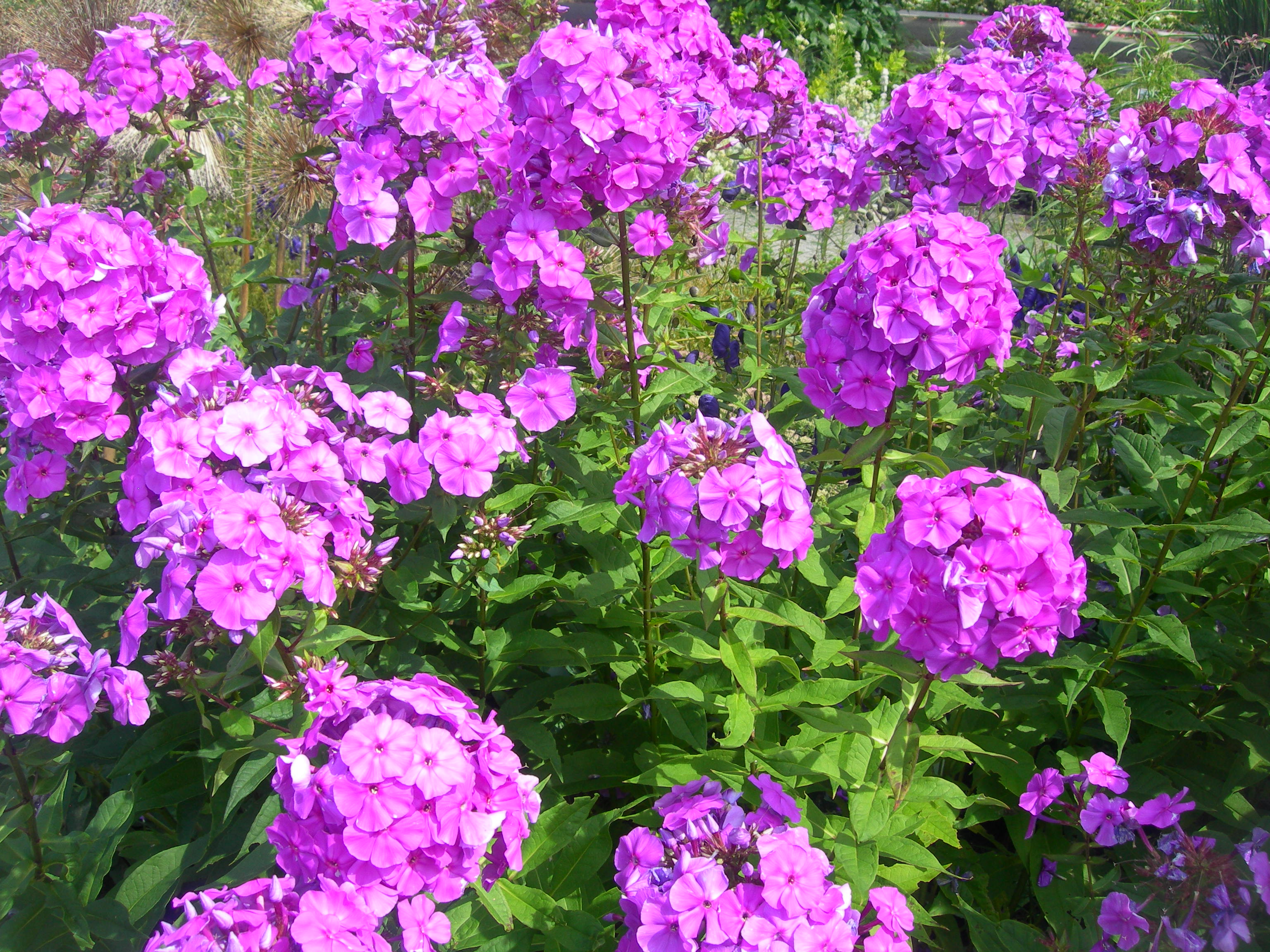
- Lavender: This aromatic herb is a great way to attract pollinators to your garden. It also helps to repel pests, which can be a problem for hollyhocks.

- Lupins: These tall, upright flowers add a touch of drama to any garden. They also help to improve the soil quality for hollyhocks.
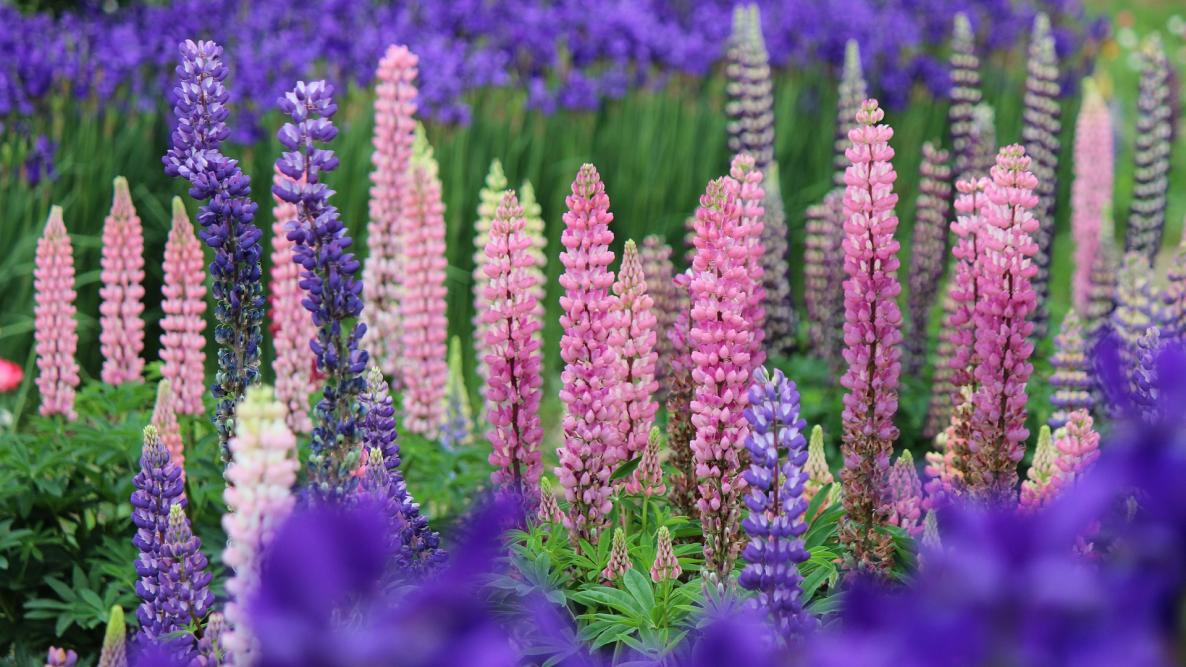
For more information about companion planting with hollyhocks, visit Home Gardening.
FAQ of companion plants for hollyhocks
- What are some good companion plants for hollyhocks?
Hollyhocks are tall, upright plants that can grow up to 6 feet tall. They prefer full sun and well-drained soil. Some good companion plants for hollyhocks include:
* Delphiniums: These tall, stately flowers have similar growing conditions to hollyhocks and bloom at the same time. They come in a variety of colors, including blue, purple, white, and pink.
* Peonies: Peonies are another classic cottage garden flower that looks great with hollyhocks. They come in a variety of colors, including pink, white, and red.
* Foxgloves: Foxgloves are tall, elegant flowers that have bell-shaped blooms. They come in a variety of colors, including purple, pink, and white.
* Ornamental grasses: Ornamental grasses add height and texture to a garden. They can be planted in front of hollyhocks to help fill in the space and provide a contrast in form.
* Marigolds: Marigolds are not only beautiful flowers, but they also help to deter pests. They are a good choice for companion planting with hollyhocks, as they can help to protect them from aphids, thrips, and whiteflies.
- What plants should I avoid planting near hollyhocks?
Hollyhocks are susceptible to a number of pests and diseases, so it is important to avoid planting them near plants that can also attract these problems. Some plants that you should avoid planting near hollyhocks include:
* Potatoes: Potatoes are susceptible to a fungus called verticillium wilt, which can also infect hollyhocks.
* Cabbages: Cabbages are susceptible to a variety of pests, including cabbageworms and flea beetles. These pests can also damage hollyhocks.
* Onions: Onions can attract a variety of pests, including thrips and onion maggots. These pests can also damage hollyhocks.
- How far apart should I plant hollyhocks?
Hollyhocks can grow quite large, so it is important to plant them far enough apart so that they have enough room to grow. The recommended spacing for hollyhocks is 2-3 feet apart.
- When should I plant hollyhocks?
Hollyhocks can be planted in the spring or fall. If you are planting them in the spring, wait until the soil has warmed up to at least 60 degrees Fahrenheit. If you are planting them in the fall, plant them at least 6 weeks before the first frost.
- How do I care for hollyhocks?
Hollyhocks are relatively easy to care for. They need full sun and well-drained soil. Water them regularly, especially during hot, dry weather. Fertilize them once a month with a balanced fertilizer during the growing season.
Image of companion plants for hollyhocks
- Roses: Roses and hollyhocks are both classic cottage garden plants, and they look stunning when planted together. The tall, upright stems of the hollyhocks provide a perfect backdrop for the blooms of the roses.
- Rose mallow: Rose mallow is another tall, upright plant that is well-suited for companion planting with hollyhocks. The flowers of rose mallow come in a variety of colors, including pink, white, and purple, so you can choose the ones that best complement the colors of your hollyhocks.
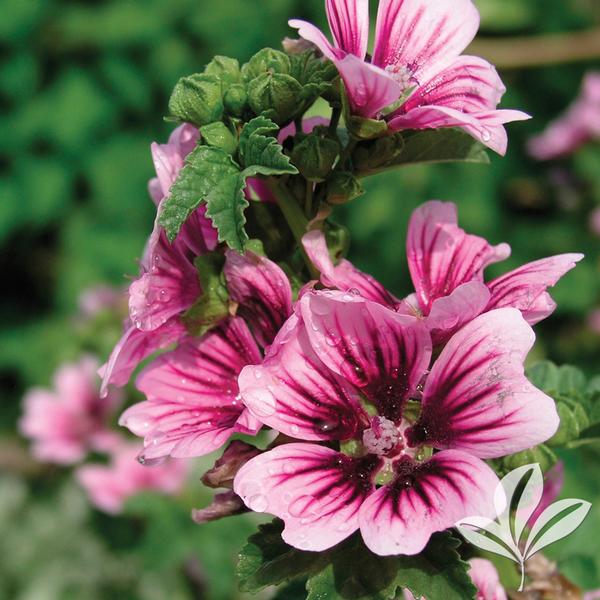
- Tall garden phlox: Tall garden phlox is a low-maintenance plant that blooms in a wide range of colors, from white to purple to red. It is a good choice for companion planting with hollyhocks because it can tolerate full sun and poor soil conditions.
- Delphiniums: Delphiniums are tall, stately flowers that add a touch of elegance to any garden. They are best planted in full sun and well-drained soil.

- Peonies: Peonies are beautiful flowers that bloom in the spring. They are deer-resistant and can tolerate partial shade.
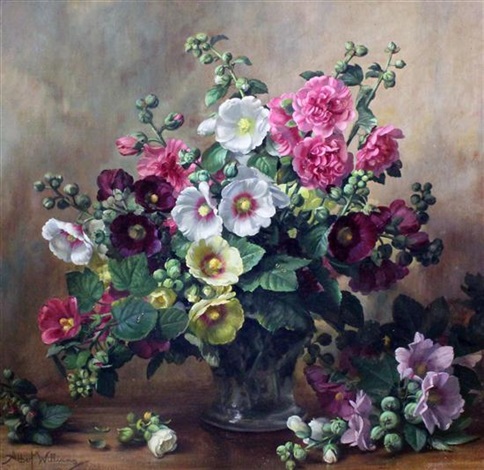
- Ornamental grasses: Ornamental grasses add texture and movement to the garden. They are a good choice for companion planting with hollyhocks because they can tolerate full sun and poor soil conditions.
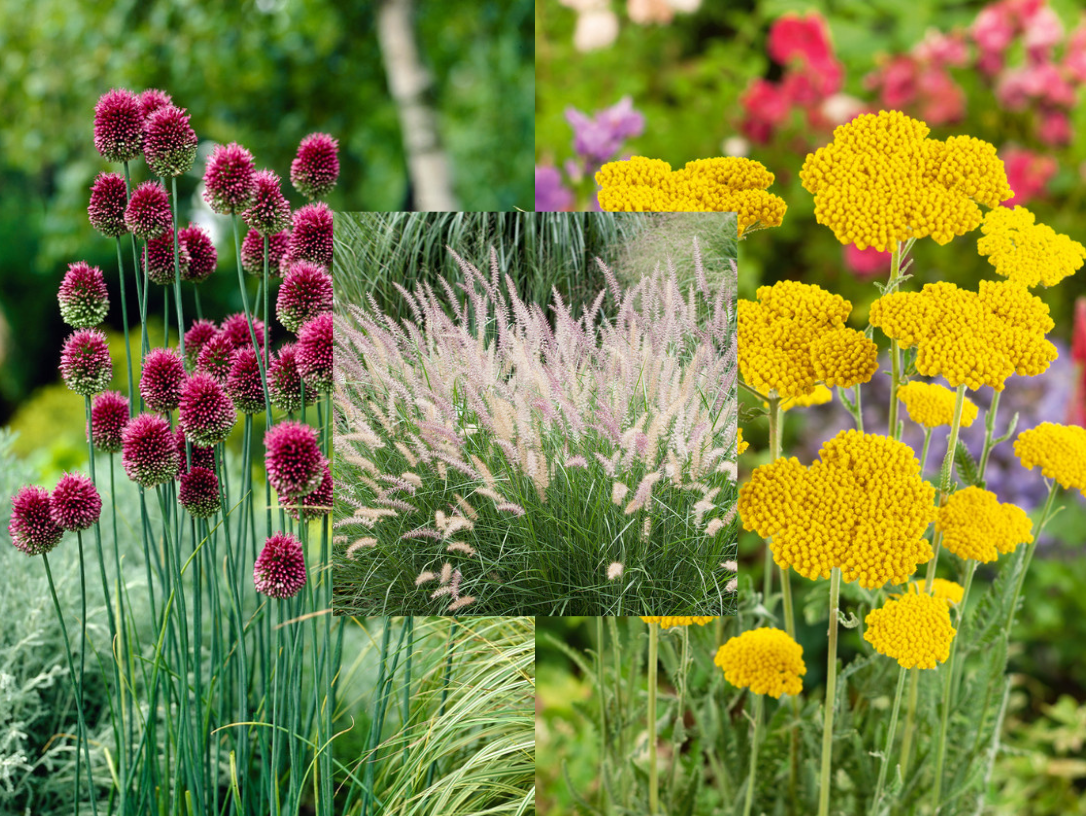
- Foxgloves: Foxgloves are tall, bell-shaped flowers that bloom in the summer. They are poisonous, so they should be planted out of reach of children and pets.
- Verbena: Verbena is a low-maintenance plant that blooms in a variety of colors, from white to pink to purple. It is a good choice for companion planting with hollyhocks because it can tolerate full sun and poor soil conditions.
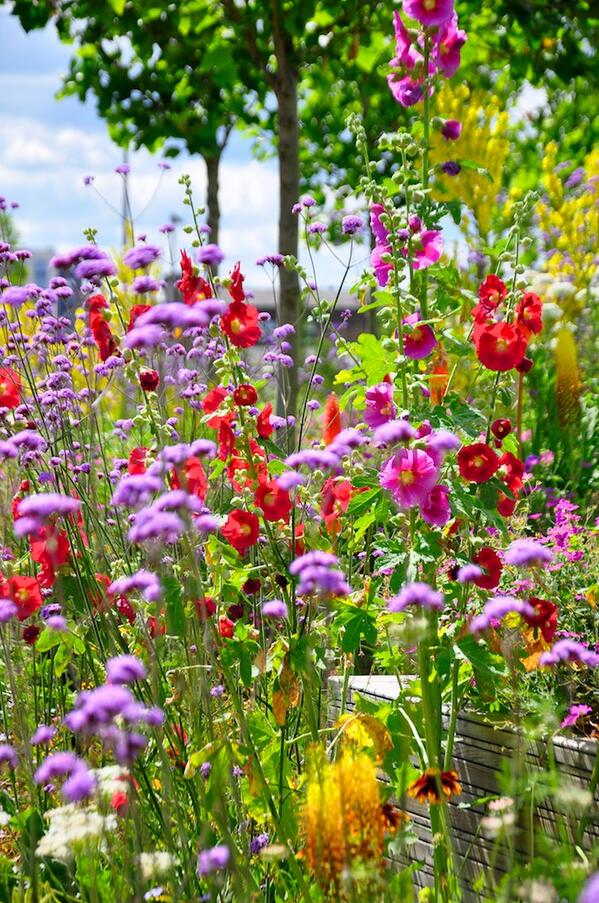
- Lavender: Lavender is a fragrant herb that blooms in the summer. It is a good choice for companion planting with hollyhocks because it can tolerate full sun and poor soil conditions.

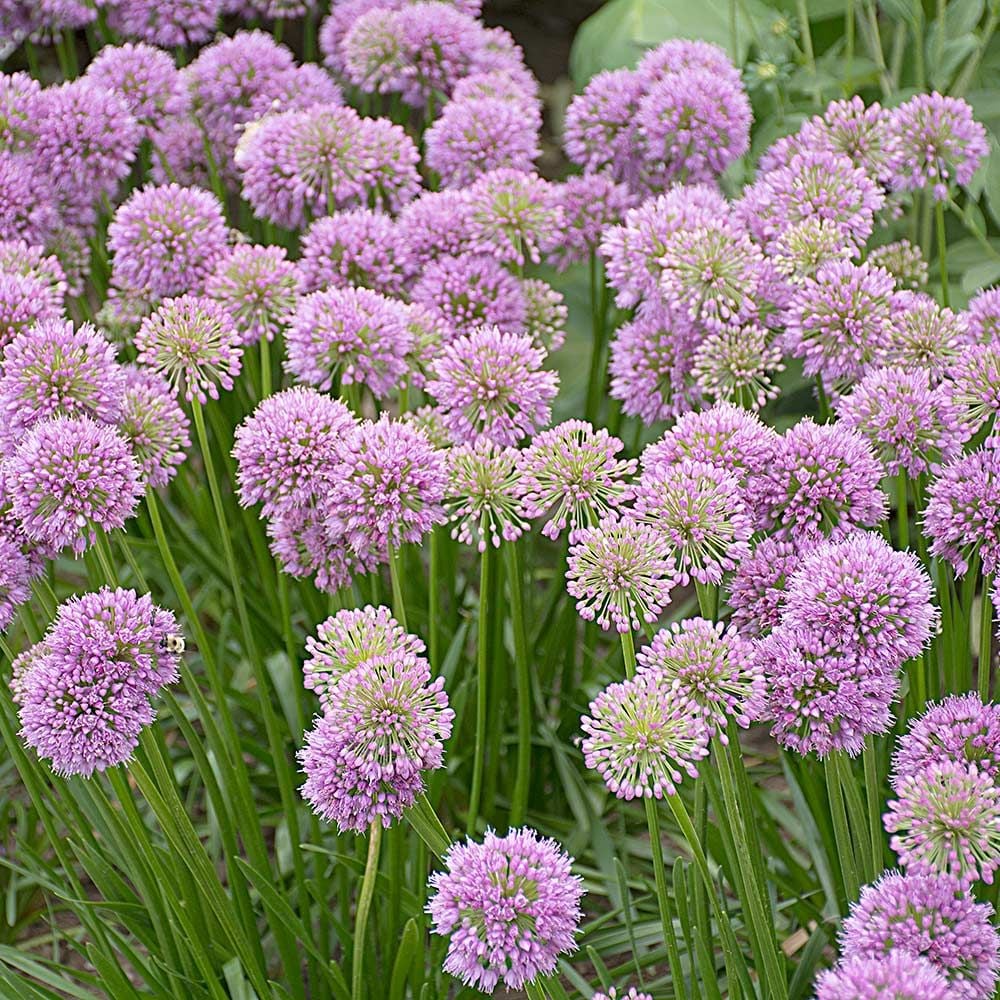
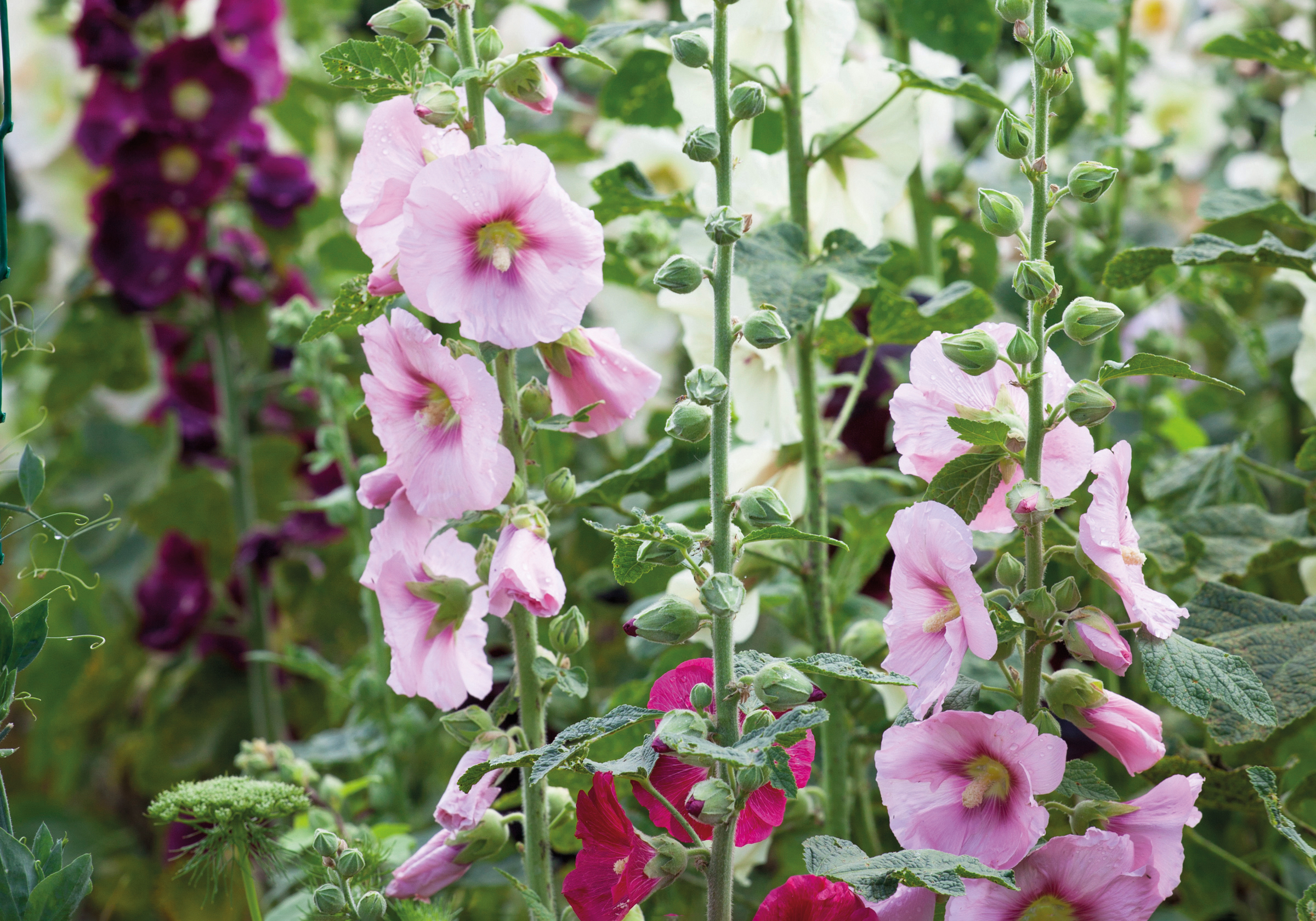

Post a Comment for " Best Companion Plants For Hollyhocks"